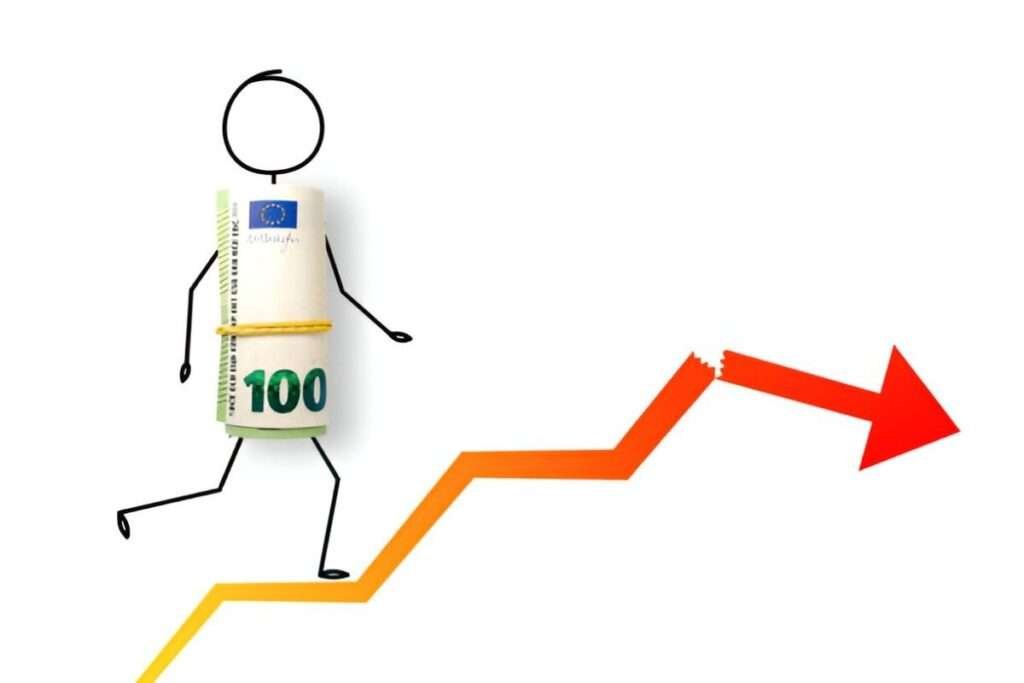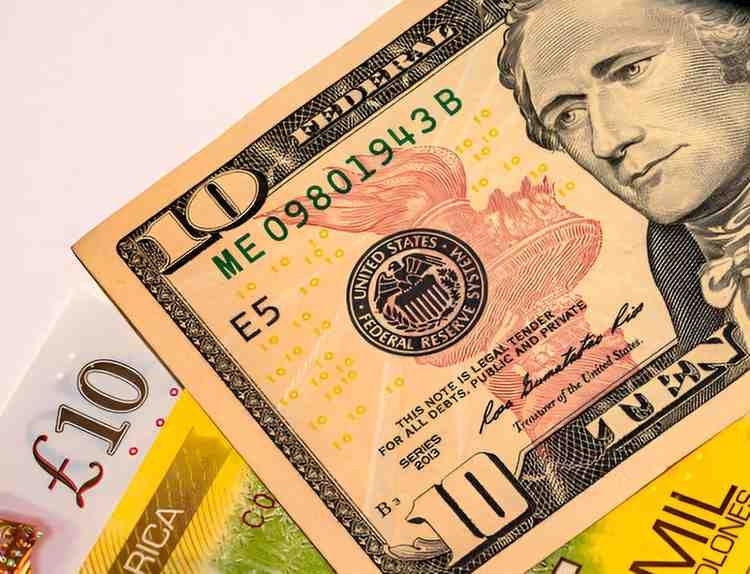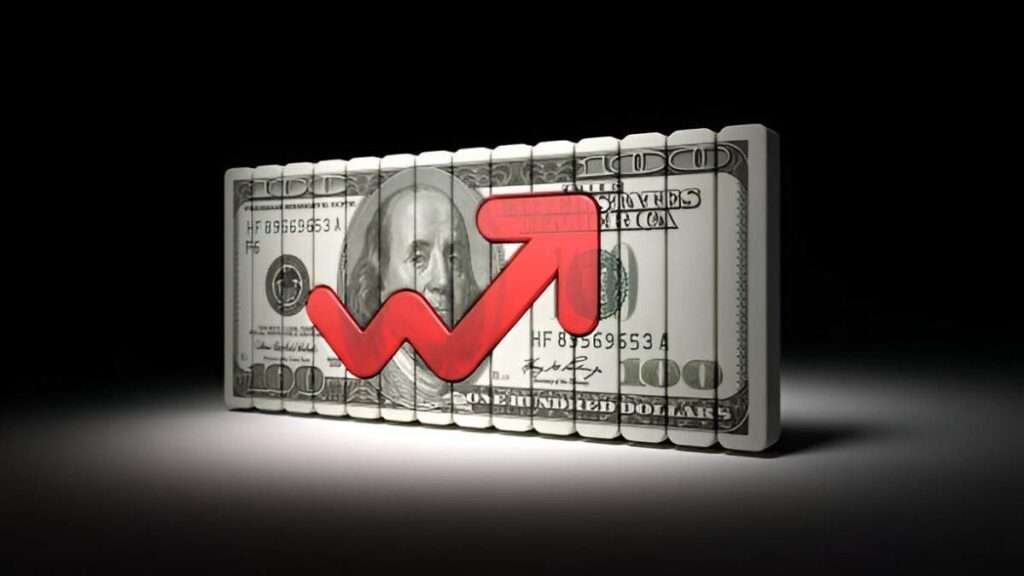Forex trading can be overwhelming, especially when you’re trying to get a handle on all the terminologies and metrics involved. One of the key factors you’ll encounter when navigating the forex market is the “spread.” In this article, I’ll take a deep dive into the concept of a 0.7 spread in forex, explaining what it means, how it affects your trades, and why it matters. I will also illustrate the math behind it, offer examples, and show you how to calculate costs when trading with different spreads.
Table of Contents
What is a Spread in Forex Trading?
Before we go into the specifics of the 0.7 spread, let’s clarify what a spread is. In forex trading, the spread refers to the difference between the bid price and the ask price of a currency pair. The bid price is the price at which a trader can sell a currency, while the ask price is the price at which they can buy the same currency.
Here’s an example to make it clearer:
Let’s say the EUR/USD currency pair has a bid price of 1.2000 and an ask price of 1.2007. The spread in this case is 0.0007 (or 7 pips).
In simpler terms, the spread is the cost you incur to open a position. Brokers usually make their money from this spread, and in turn, traders pay this cost in the form of the difference between the bid and ask prices.
What Does 0.7 Spread Mean?
When someone refers to a 0.7 spread in forex, they’re typically talking about the number of pips between the bid and ask price for a specific currency pair. Let’s break this down.
1 pip is usually the smallest unit of price movement in forex, and it’s equal to 0.0001 for most currency pairs (except for those involving the Japanese yen, where 1 pip is 0.01). So, when the spread is 0.7, it means that the difference between the bid and ask price is 0.0007, or 7 pips.
For example, if you’re looking at the EUR/USD pair, a spread of 0.7 means the ask price might be 1.2007, and the bid price would be 1.2000. This is a relatively low spread compared to many others in the market, where spreads can range from 1 pip to 10 pips or more, depending on the currency pair and market conditions.
Why Does the Spread Matter?
The spread is a critical factor in forex trading because it directly affects the cost of your trades. A lower spread means you can enter and exit trades more efficiently, without losing as much to transaction costs. Conversely, a higher spread means you need to see a larger price movement in your favor to make a profit.
In the case of a 0.7 spread, it’s considered quite tight, meaning your costs are relatively low. This is advantageous for traders who engage in short-term trading, such as scalping, where every pip counts. On the other hand, if you’re trading with a wider spread, your trades may need to move further to be profitable.
Comparison of Different Spreads
To help visualize the difference between a 0.7 spread and other types of spreads, let’s look at the following comparison table:
| Currency Pair | Spread 1 (Tight) | Spread 2 (Moderate) | Spread 3 (Wide) |
|---|---|---|---|
| EUR/USD | 0.7 pips | 1.2 pips | 5.0 pips |
| GBP/USD | 0.8 pips | 1.5 pips | 6.0 pips |
| USD/JPY | 0.6 pips | 1.0 pips | 3.5 pips |
As you can see, the spread varies across different currency pairs. A 0.7 spread, while tight, is far better for a trader looking to minimize costs, particularly in fast-moving markets.
How a 0.7 Spread Affects Your Trade
Let’s take a look at how a 0.7 spread impacts your potential profits or losses. I’ll walk you through an example of a trade with the EUR/USD currency pair.
Example 1: Trading EUR/USD with a 0.7 Spread
Let’s assume the EUR/USD pair has the following prices:
- Bid price: 1.2000
- Ask price: 1.2007 (0.7 spread)
Now, imagine you buy 1 standard lot (100,000 units of EUR/USD) at the ask price of 1.2007. The cost of the spread is 7 pips, and you would need the price to move in your favor by at least 7 pips (to 1.2014) just to break even.
If the price moves to 1.2015, you’ve made a profit of 1 pip, which is the difference between 1.2015 and 1.2007.
Example 2: Trading EUR/USD with a Higher Spread
Now, let’s compare this with a situation where the spread is wider. Let’s say the spread increases to 1.5 pips.
- Bid price: 1.2000
- Ask price: 1.2015 (1.5 pips spread)
In this case, you would need the price to move 1.5 pips in your favor (to 1.2020) just to break even. This increase in spread means you have to wait for a larger price movement to become profitable.
Calculating the Cost of a 0.7 Spread
Now, let’s get into the math behind a 0.7 spread. The cost of the spread is based on the number of pips and the size of your trade. In the case of a 1 standard lot trade (100,000 units), each pip movement is worth $10. Let’s see the breakdown.
For EUR/USD:
- Spread = 0.7 pips = 7 pips
- Value per pip for 1 standard lot = $10
- Cost of the spread = 7 pips * $10 = $70
So, for each 1 standard lot trade with a 0.7 spread, the cost to enter the market is $70. For smaller positions (such as mini lots or micro lots), the cost will be proportionally less.
For a mini lot (10,000 units), the cost per pip is $1. So, if the spread is 0.7 pips, the cost will be:
- Spread cost = 0.7 pips * $1 = $0.70
This shows that with smaller positions, the impact of the spread is lower in absolute terms, but the relative cost remains the same. It’s important to calculate the cost of spreads before you enter trades, especially if you’re working with tight profit margins.
Impact of Market Liquidity on Spread
It’s also important to note that the spread isn’t constant; it can fluctuate based on market conditions, especially liquidity. In times of high liquidity, such as during major market hours when the forex market is most active, the spread tends to be narrower, like the 0.7 spread. During times of lower liquidity, such as off-peak hours or during major economic events, spreads can widen significantly.
Conclusion: Is a 0.7 Spread Good for You?
A 0.7 spread is generally considered quite tight and favorable for traders, particularly those who engage in short-term strategies like scalping. The cost of entering and exiting a trade is lower, which can enhance profitability. However, the suitability of a 0.7 spread largely depends on your trading style and the currency pair you’re trading.
If you’re a long-term trader who holds positions for days or weeks, a tighter spread may not have as significant an impact on your overall performance. On the other hand, if you’re a day trader or scalper, every pip counts, and a low spread like 0.7 can make a noticeable difference.
Understanding how the spread affects your trades, and calculating its cost, will help you become more efficient in your trading and potentially improve your bottom line. Always remember that the spread is just one factor to consider in your trading strategy, but it’s certainly one of the most important when it comes to minimizing costs and maximizing profits.





